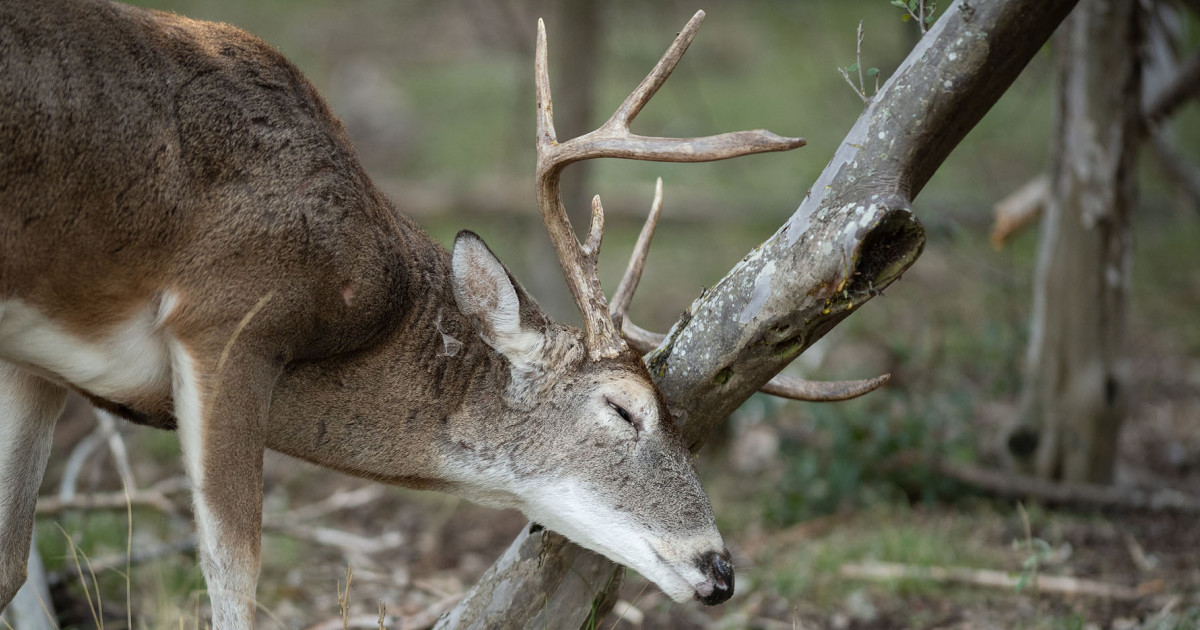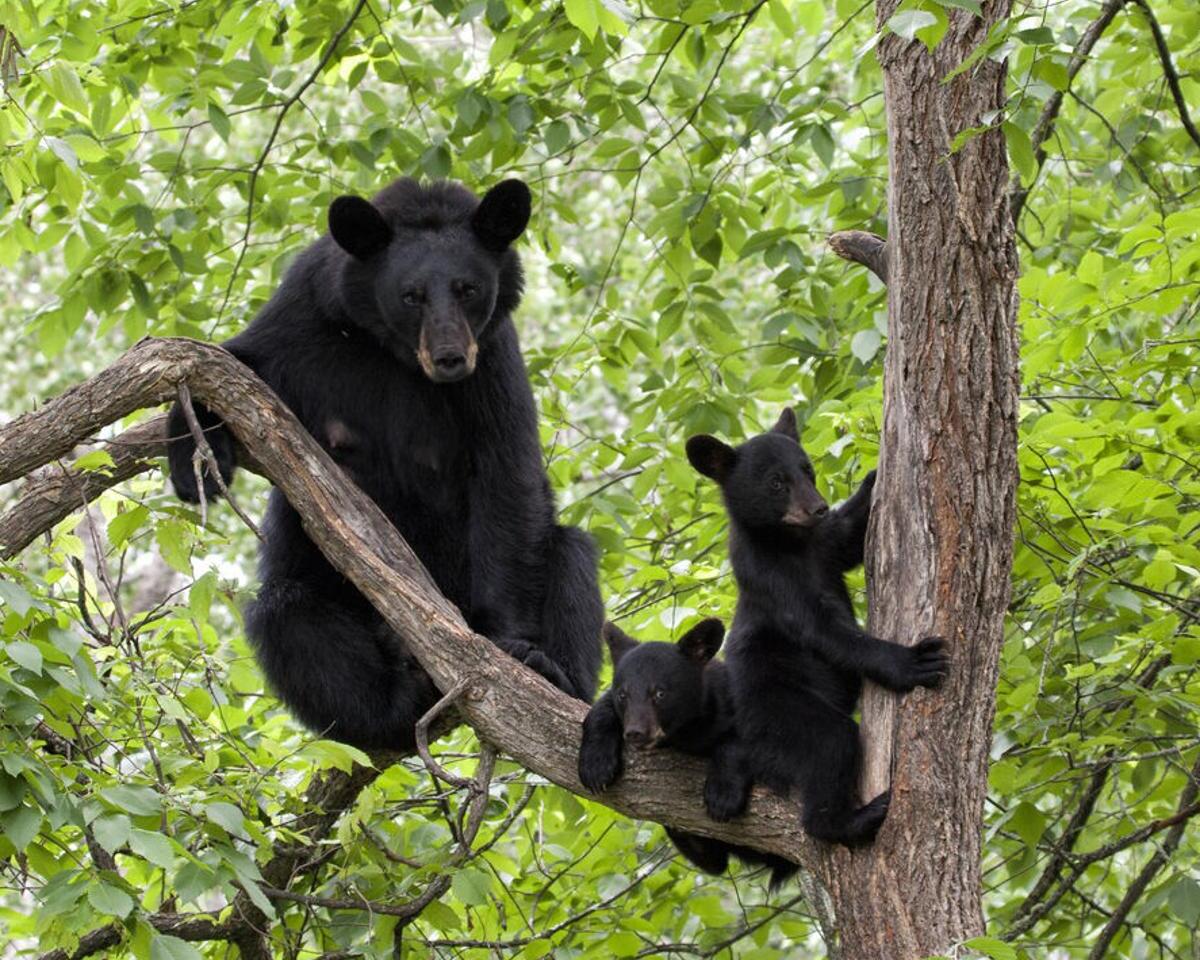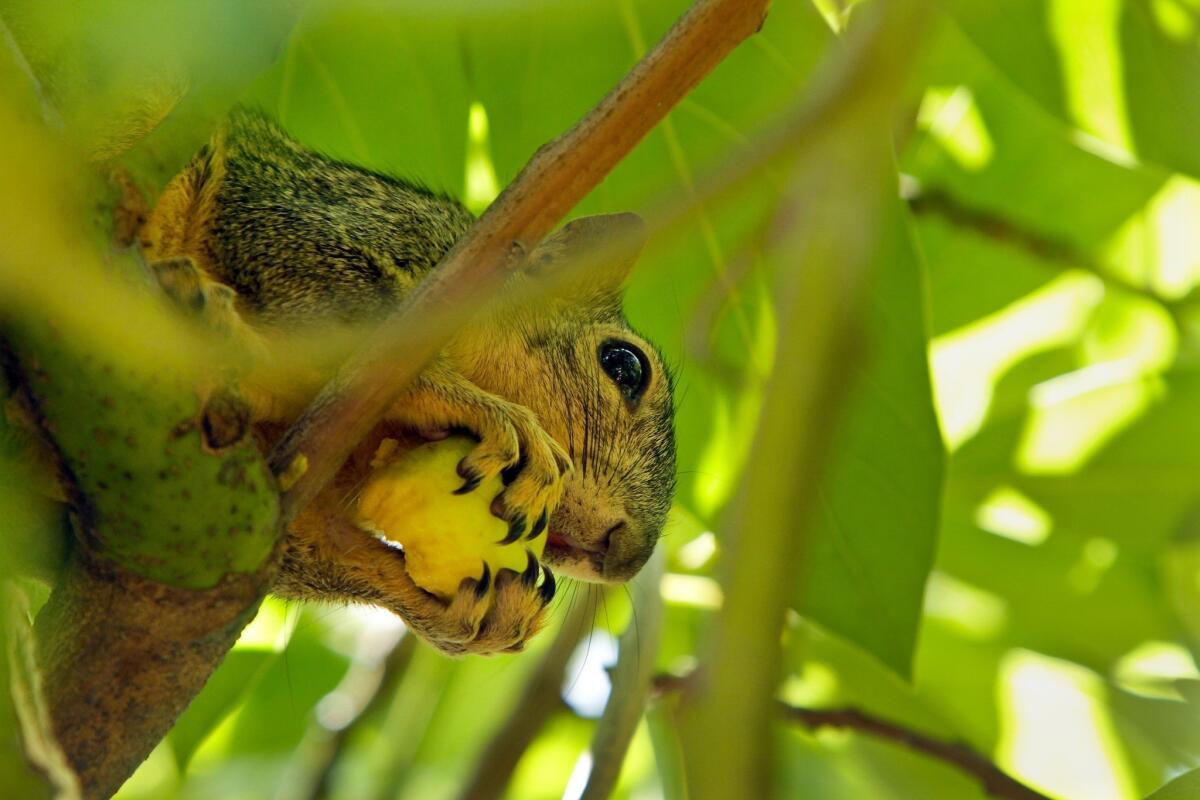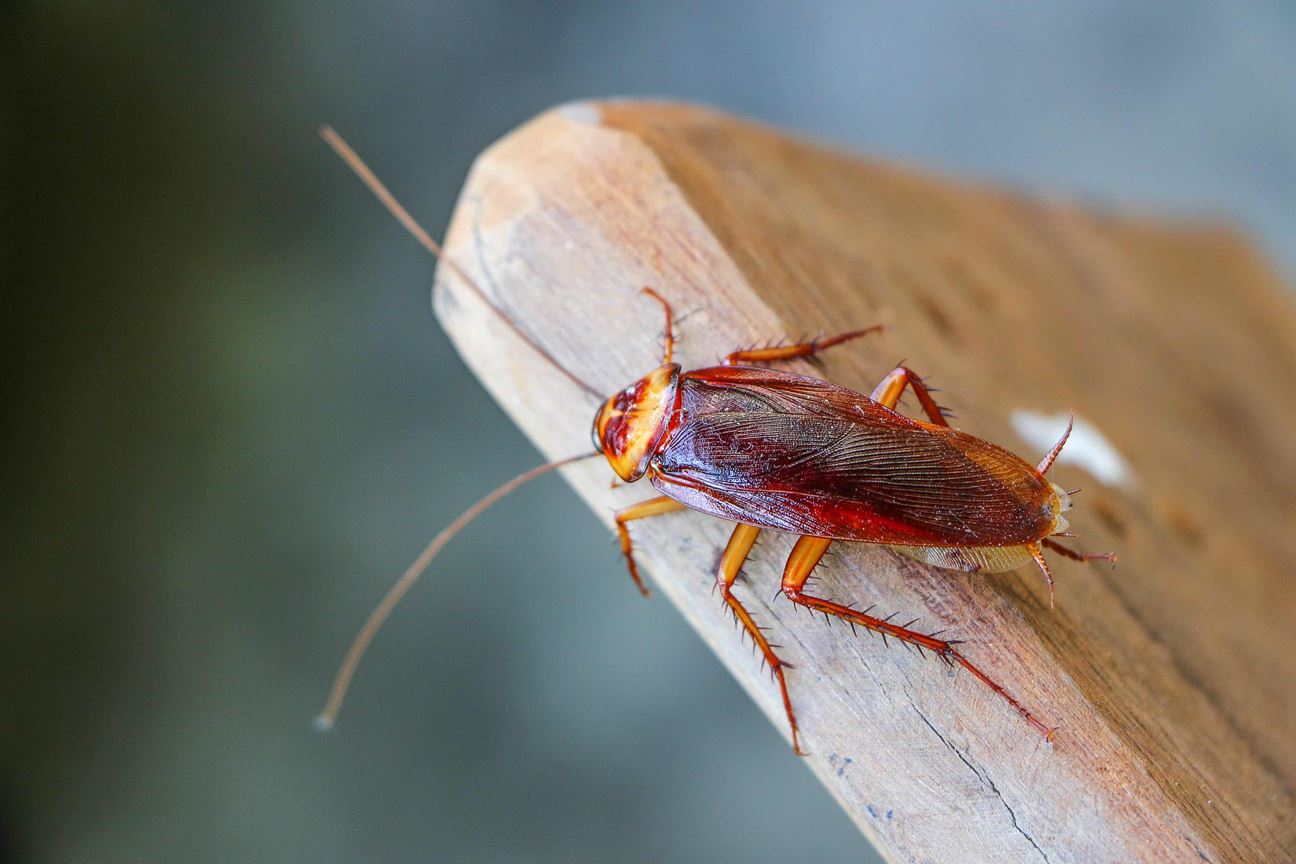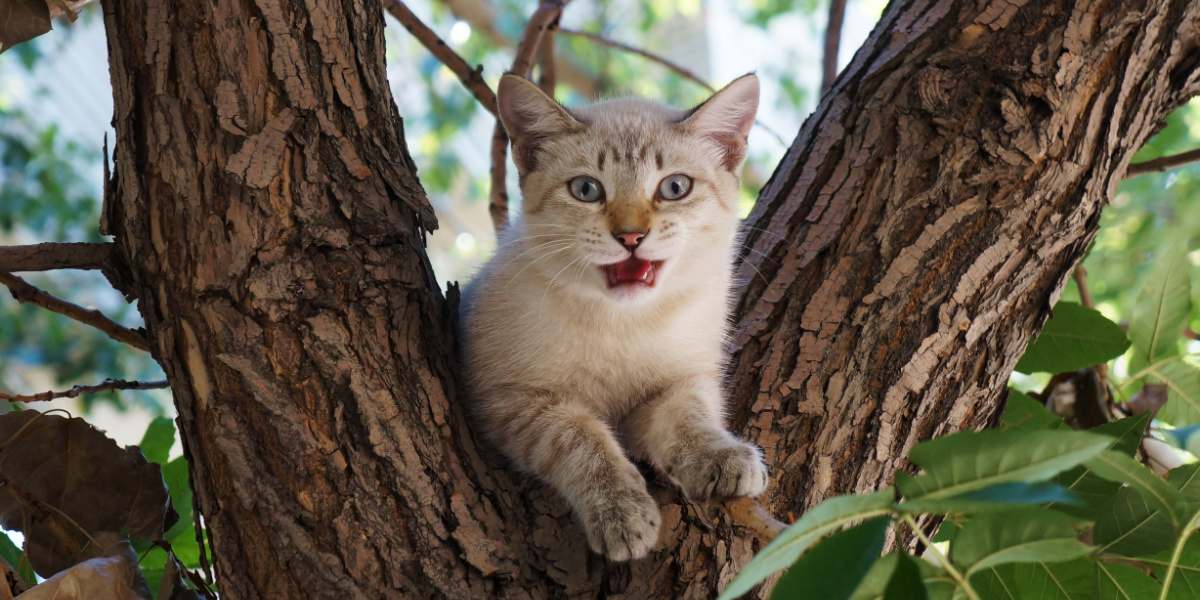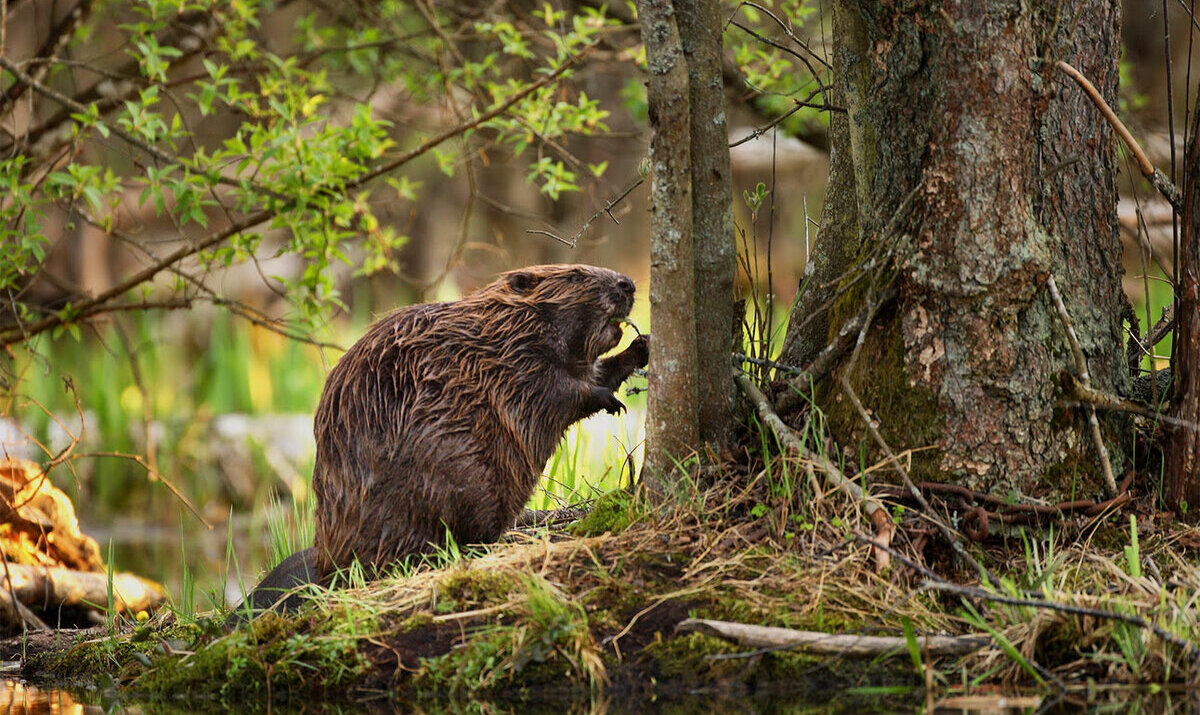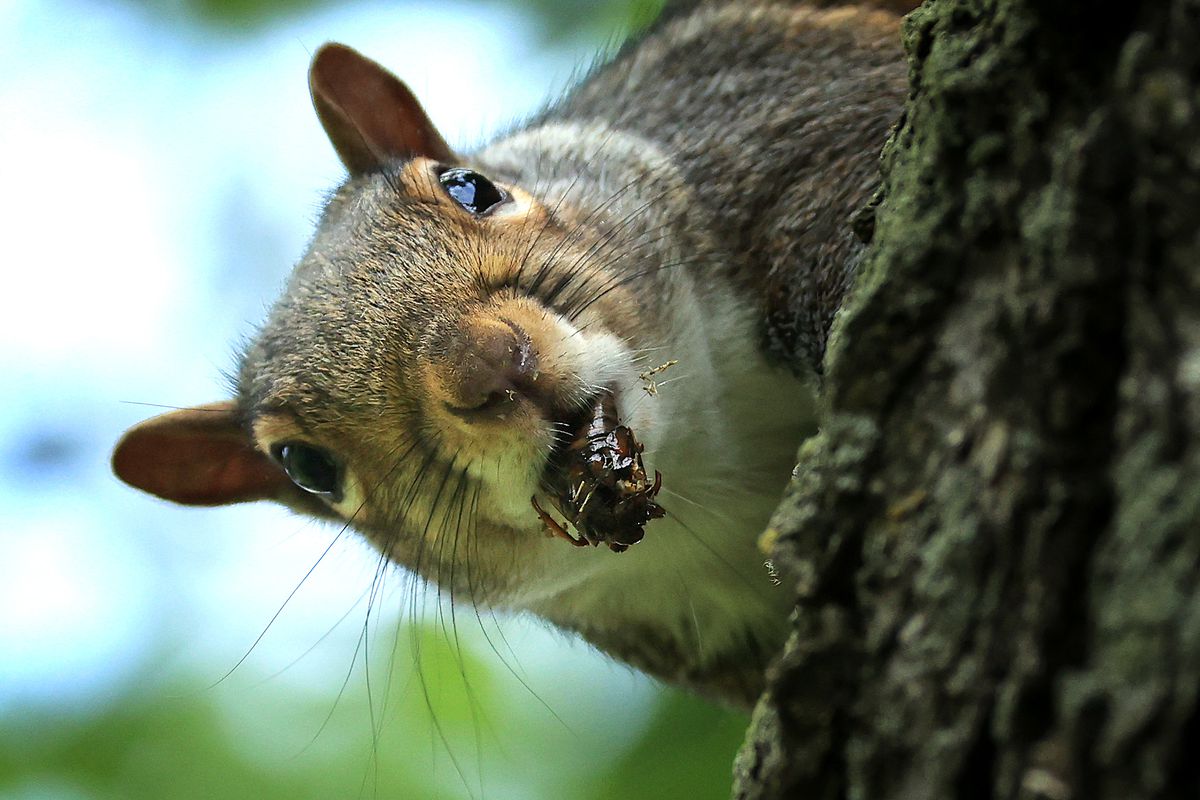Home>Gardening Tips and Tricks>Problem Solving>Why Do Squirrels Build Nests High In Trees
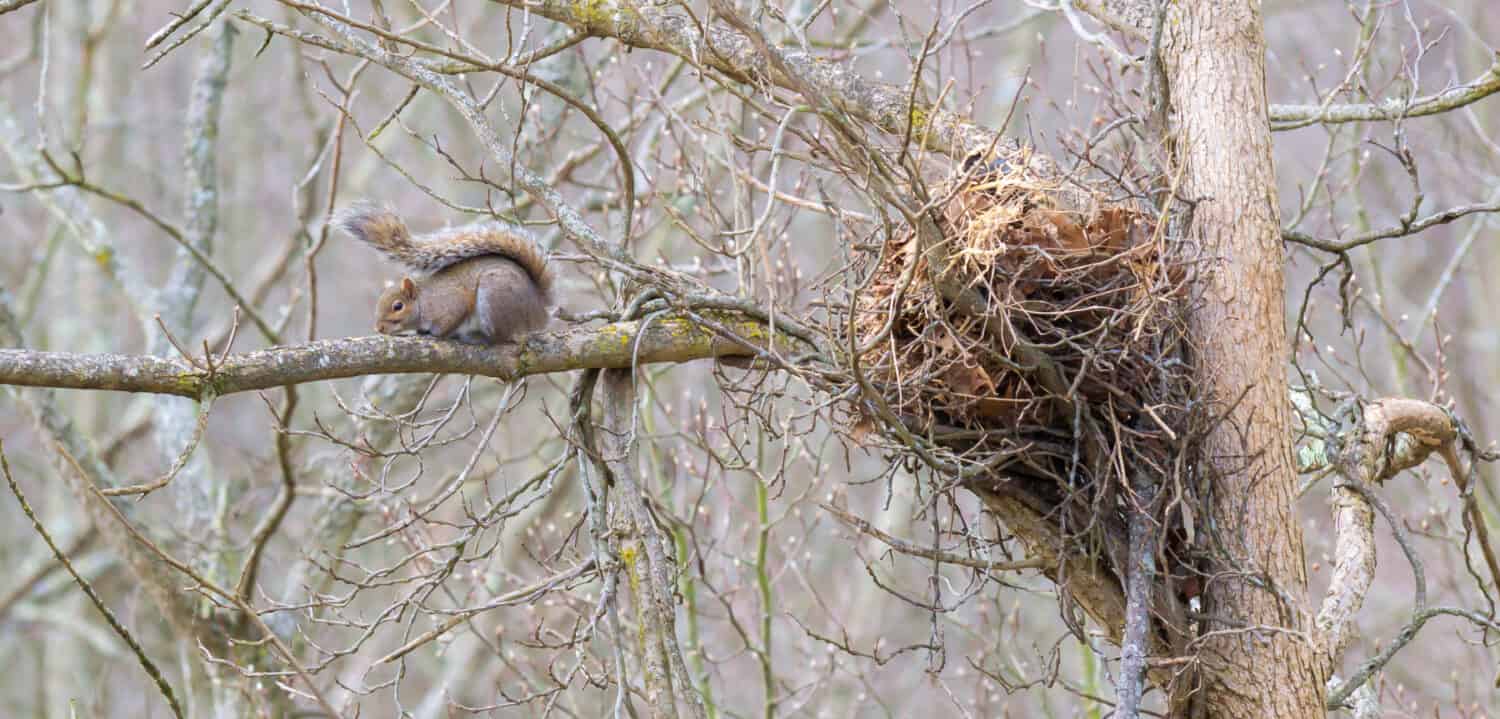

Problem Solving
Why Do Squirrels Build Nests High In Trees
Modified: January 22, 2024
Discover the fascinating behavior of squirrels as they tackle the age-old problem-solving challenge of building nests high in trees. Uncover their ingenious strategies and adaptability in this captivating exploration.
(Many of the links in this article redirect to a specific reviewed product. Your purchase of these products through affiliate links helps to generate commission for Chicagolandgardening.com, at no extra cost. Learn more)
Table of Contents
Introduction
Squirrels are fascinating creatures that have adapted remarkably well to their environment. One of their most intriguing behaviors is their habit of building nests high up in trees. Whether you’ve observed a squirrel darting up a tree trunk or witnessed their cozy nests nestled within the branches, you may have wondered why they choose to build their homes in such lofty locations.
These nests, known as dreys, serve multiple purposes for squirrels. They offer protection from predators, provide shelter from the elements, and serve as safe havens for raising their young. Understanding why squirrels build their nests high in trees can provide valuable insights into their behavior and survival strategies.
This article will delve deeper into the reasons behind squirrels’ choice of nest location, exploring the benefits, materials used, and factors that influence their decision. Additionally, we will touch upon the challenges squirrels face in protecting their nests from natural predators.
By examining the intricacies of squirrel nest-building behaviors, we can gain a greater appreciation for these industrious animals and their remarkable ability to adapt and thrive in their natural habitats.
Why Squirrels Build Nests in Trees
Squirrels choose to build their nests high up in trees for a variety of reasons. One primary reason is safety. By constructing their nests in the branches, squirrels can effectively protect themselves from potential predators on the ground. This strategic positioning provides them with a clear vantage point to spot approaching threats and make a quick escape if necessary.
Another reason for nesting in trees is the shelter they provide. Tree branches act as a natural barrier against harsh weather conditions, such as rain, wind, and snow. By constructing their nests in tree canopies, squirrels can seek shelter and stay dry during inclement weather, ensuring their survival during challenging seasons.
Squirrels also choose tree nests for their ability to provide warmth. As the tree branches block the wind and trap heat, the nests provide insulation, keeping squirrels and their young cozy and protected from the cold. This natural protection allows squirrels to conserve energy and stay comfortable in their elevated homes.
Furthermore, the height of the tree nests offers squirrels a sense of security. Being high above the ground minimizes the risk of ground-dwelling predators reaching their nests. This vertical advantage also allows squirrels to observe their surroundings more efficiently, enabling them to detect approaching dangers and respond appropriately.
Additionally, nesting in trees reduces competition for resources. Squirrels often share their territories with other animals and even other squirrel species. By building nests in trees, squirrels can access food sources from the surrounding canopy without competing with ground-dwelling animals.
Overall, squirrels build their nests in trees to ensure their safety, provide shelter from adverse weather conditions, maintain warmth, feel secure from ground-based predators, and reduce competition for resources. Their choice of nesting location demonstrates their resourcefulness and ability to adapt to their environment effectively.
Benefits of Nesting High in Trees
Nesting high in trees offers a host of benefits for squirrels. These advantages contribute to their survival, reproduction, and overall well-being. Let’s delve into the various benefits that squirrels enjoy by choosing elevated tree nests as their preferred habitats.
1. Enhanced Safety: By building nests high up in trees, squirrels minimize their exposure to ground-based predators such as foxes, raccoons, and snakes. The height acts as a natural deterrent, making it more challenging for predators to reach them. This increased safety allows squirrels to rest and raise their young without constant fear of attacks.
2. Improved Nest Protection: The elevated location of tree nests offers additional protection against aerial predators, such as birds of prey. The intricate maze of branches and foliage acts as a barrier, making it harder for predators to access the nests. Additionally, squirrels often choose hidden spots within the tree canopy, further decreasing the chances of detection and predation.
3. Access to Food Sources: Nesting high in trees provides squirrels with easy access to their primary food sources, such as nuts, seeds, and fruits found in the tree canopy. This proximity allows them to forage without having to venture far from their nests, conserving energy and reducing the risks associated with longer travels.
4. Protection from Floods and Ground Hazards: Elevated tree nests offer protection from ground-level hazards, including flooding, forest fires, and other disturbances. By choosing to build their homes in the trees, squirrels safeguard themselves and their young from these potential dangers that can arise on the forest floor.
5. Climate Control: The height of tree nests provides natural climate control for squirrels. During hot summer months, the tree canopy provides shade, keeping the nests cool and comfortable. Conversely, during cold winter months, the dense branches act as insulation, helping to retain the warmth generated by the squirrels’ bodies.
6. Improved Reproductive Success: By nesting high in trees, squirrels can create a safe and conducive environment for breeding and raising their young. The elevated location reduces the chances of predation on vulnerable offspring, fostering higher rates of survival and increasing the overall reproductive success of the population.
Overall, the benefits of nesting high in trees include enhanced safety from predators, improved protection of nests, easy access to food sources, safeguarding against ground hazards, climate control, and increased reproductive success. It is through utilizing these advantages that squirrels have become adept at thriving in various habitats around the world.
Materials and Construction of Squirrel Nests
Squirrels demonstrate impressive construction skills when it comes to building their nests, known as dreys. These structures are carefully crafted using a combination of natural materials found in their surroundings. Let’s explore the materials used and the construction process employed by squirrels to create their cozy abodes.
1. Twigs: Twigs form the main structural element of squirrel nests. Squirrels carefully select and collect sturdy twigs from trees, shrubs, and surrounding vegetation. They arrange these twigs in a spherical shape, interweaving and overlapping them to form a solid foundation for the nest.
2. Leaves and Moss: Squirrels incorporate leaves, moss, and other soft vegetation into their nest construction. These materials serve as insulating layers, providing warmth and comfort for the squirrels and their young. The leaves and moss also help to make the nest more secure and cozy.
3. Bark and Wood Shavings: To reinforce the structure and add durability, squirrels incorporate pieces of bark and wood shavings into their nests. These materials provide additional strength and stability, ensuring that the nest can withstand the elements and the movements of the squirrels within.
4. Lined with Soft Materials: Inside the nest, squirrels line the interior with softer materials such as grass, feathers, fur, and even discarded man-made materials like shredded paper or plastic. This lining adds a layer of comfort and insulation, making the nest a cozy and snug retreat.
5. High and Secure Positioning: Squirrels often choose sturdy tree branches or the junctions where branches meet to anchor their nests. By selecting secure locations, the nests are less likely to sway or be dislodged during strong winds or storms, ensuring the safety and stability of the structure.
6. Renovation and Maintenance: Squirrels continuously maintain and renovate their nests to keep them sturdy and in good condition. They make repairs using fresh twigs, leaves, and other materials as necessary, ensuring that their homes remain functional and comfortable throughout the seasons.
Squirrel nests are marvels of architectural finesse, constructed with precision and adaptability. These resourceful creatures have evolved the ability to utilize the materials available in their environments, allowing them to create nests that provide essential protection and comfort for their survival.
Factors Influencing Nest Location Choice
When it comes to selecting the perfect spot to build their nests, squirrels consider various factors that influence their decision-making process. These factors help them create a safe and suitable habitat for themselves and their offspring. Let’s explore the key factors that determine where squirrels choose to build their nests.
1. Tree Species: Different squirrel species may show preferences for nesting in specific tree species. Factors such as the density of branches, the tree’s height, and the availability of suitable nesting sites within the canopy can influence their choice. For example, gray squirrels often opt for oaks, while red squirrels favor coniferous trees like pines or spruces.
2. Vegetation Density: Squirrels tend to prefer areas with dense vegetation cover. These areas provide additional protection and camouflage for their nests, making them less visible to predators passing through the area. Thick foliage also offers a greater sense of security and reduces the risk of nest disturbances.
3. Proximity to Food Sources: Squirrels prioritize access to food when choosing their nest location. They tend to build their nests within the vicinity of their primary food sources, such as trees bearing nuts, seeds, or fruits. This proximity minimizes the time and energy required for foraging, ensuring a steady food supply for themselves and their young.
4. Elevation and Safety: Squirrels nest high in trees to maximize their safety. The higher the nest, the harder it is for predators to reach. Factors such as the height and stability of the chosen tree determine the level of security the nest provides. Squirrels also consider the location within the canopy, preferring hidden spots that offer additional protection from both ground-based and aerial predators.
5. Environmental Factors: Environmental conditions play a role in nest location choice. Squirrels prefer areas with moderate temperatures and suitable moisture levels. They may choose locations that offer shade during hot summer months or warmth during colder seasons. Additionally, considerations such as wind direction and exposure to harsh weather elements influence their decision-making process.
6. Previous Nest Success: Squirrels often rely on past nesting success when choosing their next nest location. They may select areas where previous nests were successfully constructed and raised healthy offspring. This strategy allows them to capitalize on familiar and proven locations, increasing their chances of successful reproduction.
By assessing these factors, squirrels can strategically select the ideal nesting location that provides safety, proximity to food sources, suitable environmental conditions, and a higher probability of successful reproduction. These considerations highlight their remarkable ability to adapt and thrive in a range of habitats.
Predators and Nest Protection
Squirrels face various threats from predators that can pose a danger to their nests. Understanding the potential risks and implementing protective measures is crucial for ensuring the safety and survival of both the squirrels and their young. Let’s explore some common predators and the strategies squirrels employ to protect their nests.
1. Aerial Predators: Birds of prey, such as hawks and owls, are significant threats to squirrel nests. These predators can easily spot and access nests located high in trees. To counter this risk, squirrels strategically position their nests within dense foliage or hidden areas to reduce visibility. They also rely on their keen sense of hearing and warning calls from other squirrels to detect approaching aerial predators and seek shelter quickly.
2. Arboreal Predators: Arboreal predators, including raccoons and snakes, pose a threat to squirrel nests by climbing trees and raiding the nests for food or young. Squirrels combat this risk by selecting trees with smooth trunks or branches that are difficult for predators to climb. Additionally, some squirrel species build multiple nests and alternate their use to confuse and deter potential predators.
3. Ground-based Predators: Ground-based predators such as foxes, weasels, and domestic cats can also target squirrel nests. Squirrels mitigate this risk by building their nests high above the ground, out of reach of these predators. By choosing elevated locations, squirrels reduce the chances of intrusions and direct attacks on the nests.
4. Nesting Behavior and Timing: Squirrels exhibit careful nest construction and timing to protect against potential threats. They tend to build their nests during periods when predator activity is low, such as the early morning or late afternoon. Squirrels also limit the amount of time spent in or near the nest to avoid drawing attention to their location.
5. Alarm Calls and Warning Systems: Squirrels rely on an intricate communication system to alert others of potential dangers. They emit alarm calls to signal the presence of predators, quickly alerting nearby squirrels to seek safety. This collective awareness increases the likelihood of detecting and evading threats, safeguarding both individuals and their nests.
6. Constant Vigilance: Squirrels exhibit vigilant behavior, constantly scanning their surroundings for any signs of danger. Their keen senses of vision and hearing help them detect and respond to potential threats quickly. This vigilance combined with their agility and ability to escape through the treetops enables them to protect their nests and evade predators effectively.
Squirrels employ a combination of camouflage, selective nest positioning, vigilant behavior, warning systems, and strategically timed nesting behaviors to protect their nests from predators. These adaptive strategies allow them to create a safe environment for raising their young and increase the chances of successful reproduction.
Conclusion
Squirrels’ choice to build their nests high up in trees is a remarkable adaptation that provides numerous benefits for their survival and reproduction. By constructing their nests in the tree canopy, squirrels can effectively protect themselves from ground-based and aerial predators. The elevated positioning also offers shelter from harsh weather conditions and ensures a warmer and more secure habitat for raising their young.
Squirrels demonstrate impressive construction skills, utilizing materials such as twigs, leaves, moss, bark, and soft linings to create their nests. They strategically select tree species, consider environmental factors, and proximity to food sources when choosing their nest locations. Attention to previous nest success further enhances their nest selection process.
To protect their nests, squirrels employ various strategies. They position nests in hidden spots within dense foliage, choose trees that make it challenging for predators to climb, and remain vigilant and alert to potential threats. They also rely on alarm calls and warning systems to communicate potential dangers to others in the area.
Overall, the ability of squirrels to build nests high in trees showcases their resourcefulness and adaptation to their environment. This unique behavior highlights their remarkable survival strategies and their ability to thrive in a variety of habitats.
By understanding the factors influencing their nest location choice and the measures squirrels take to protect their nests, we gain a deeper appreciation for these fascinating creatures. Squirrels’ nesting behaviors provide a glimpse into their world and serve as a testament to their resilience and ingenuity in adapting to their natural environments.
